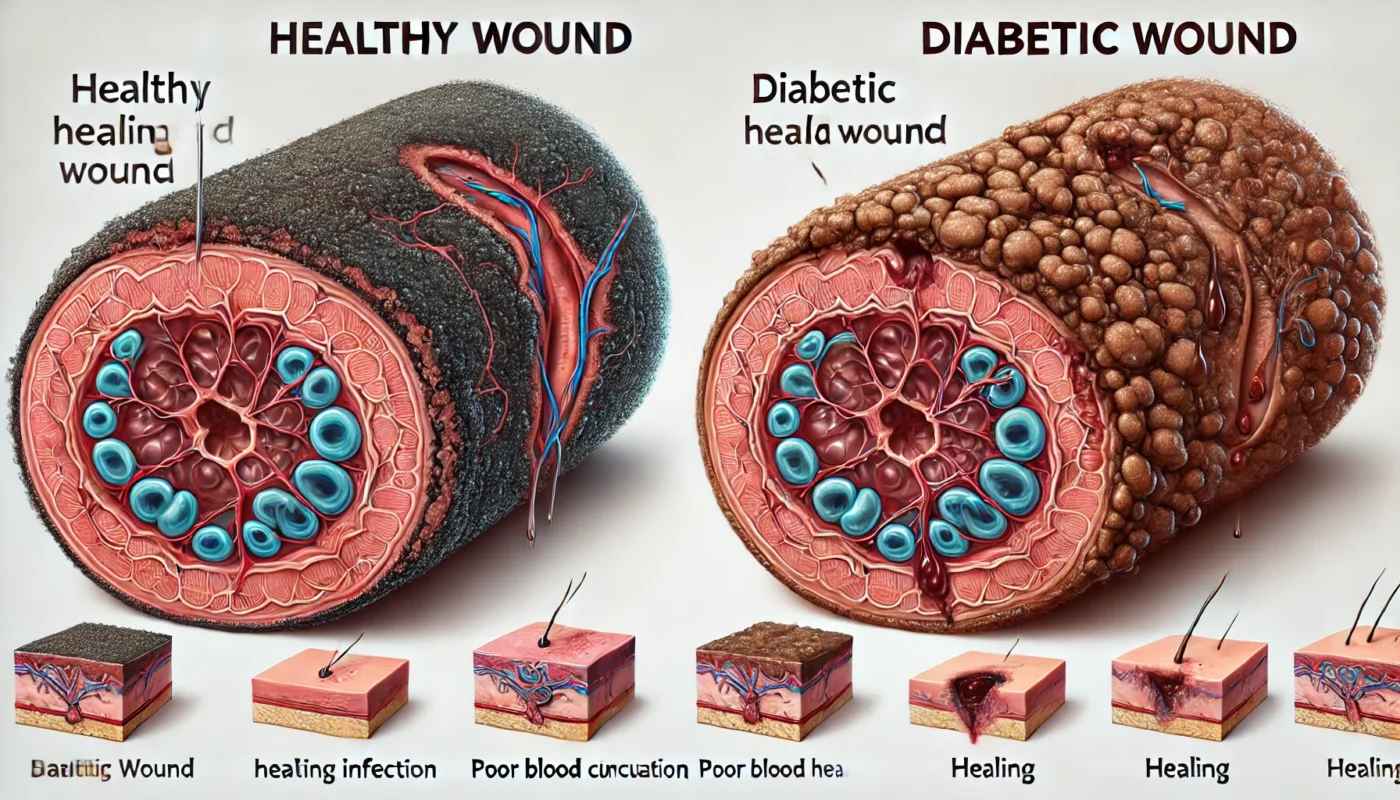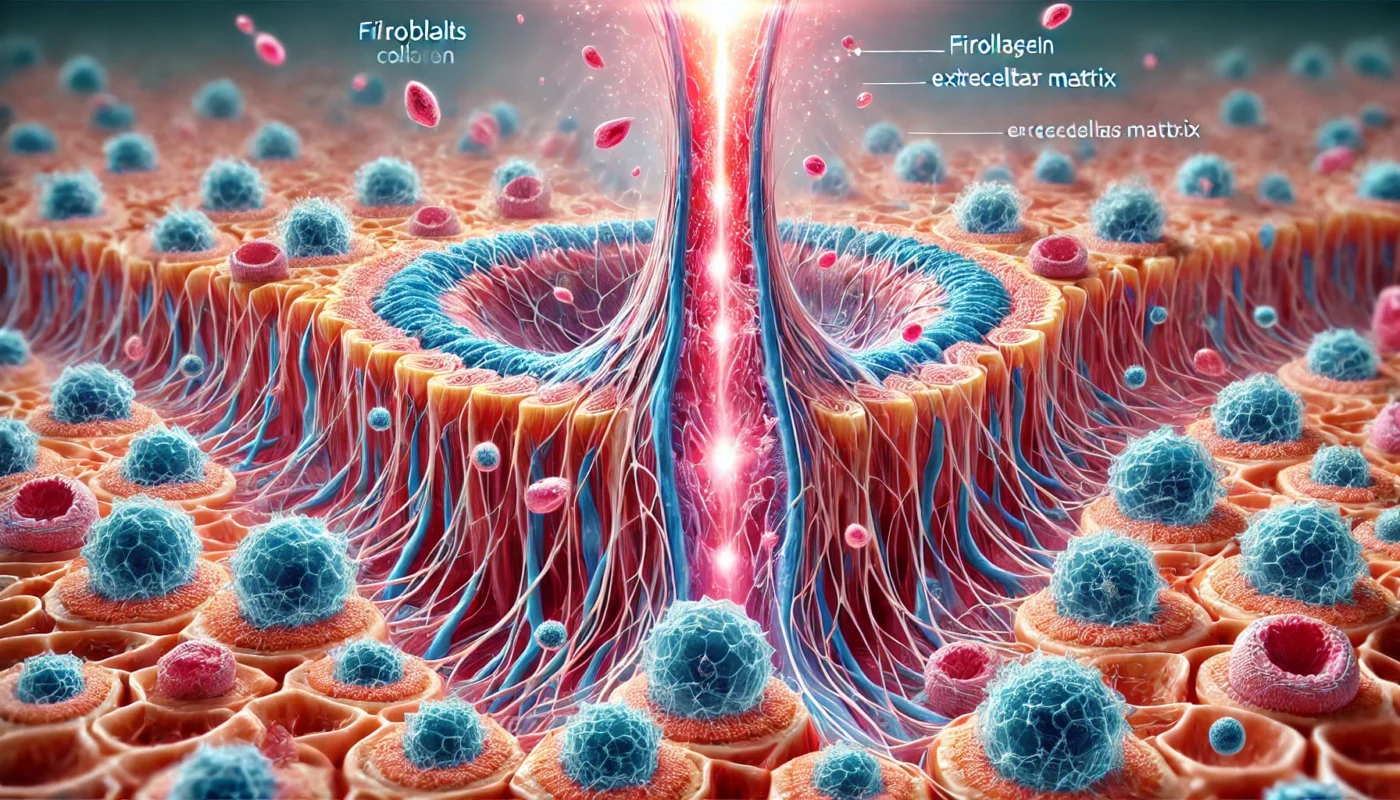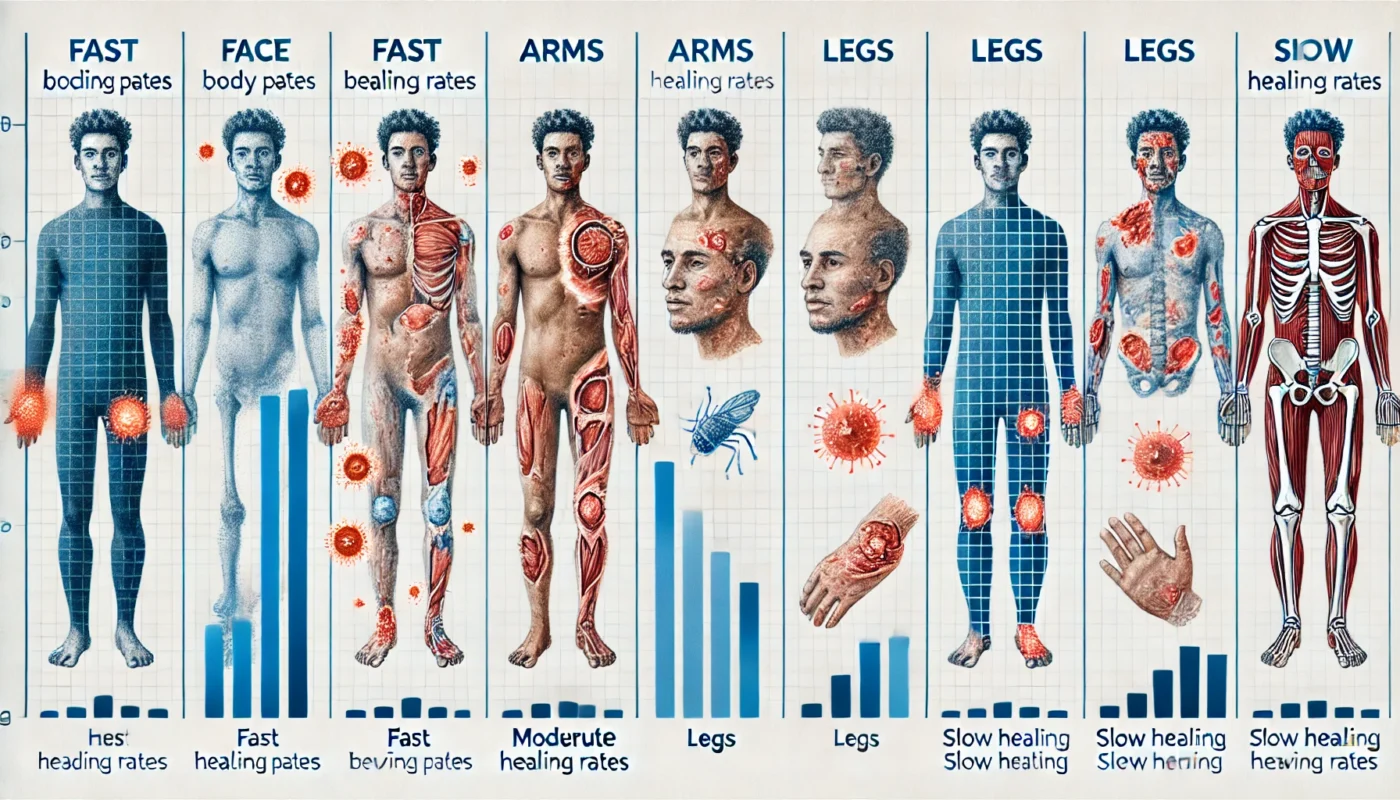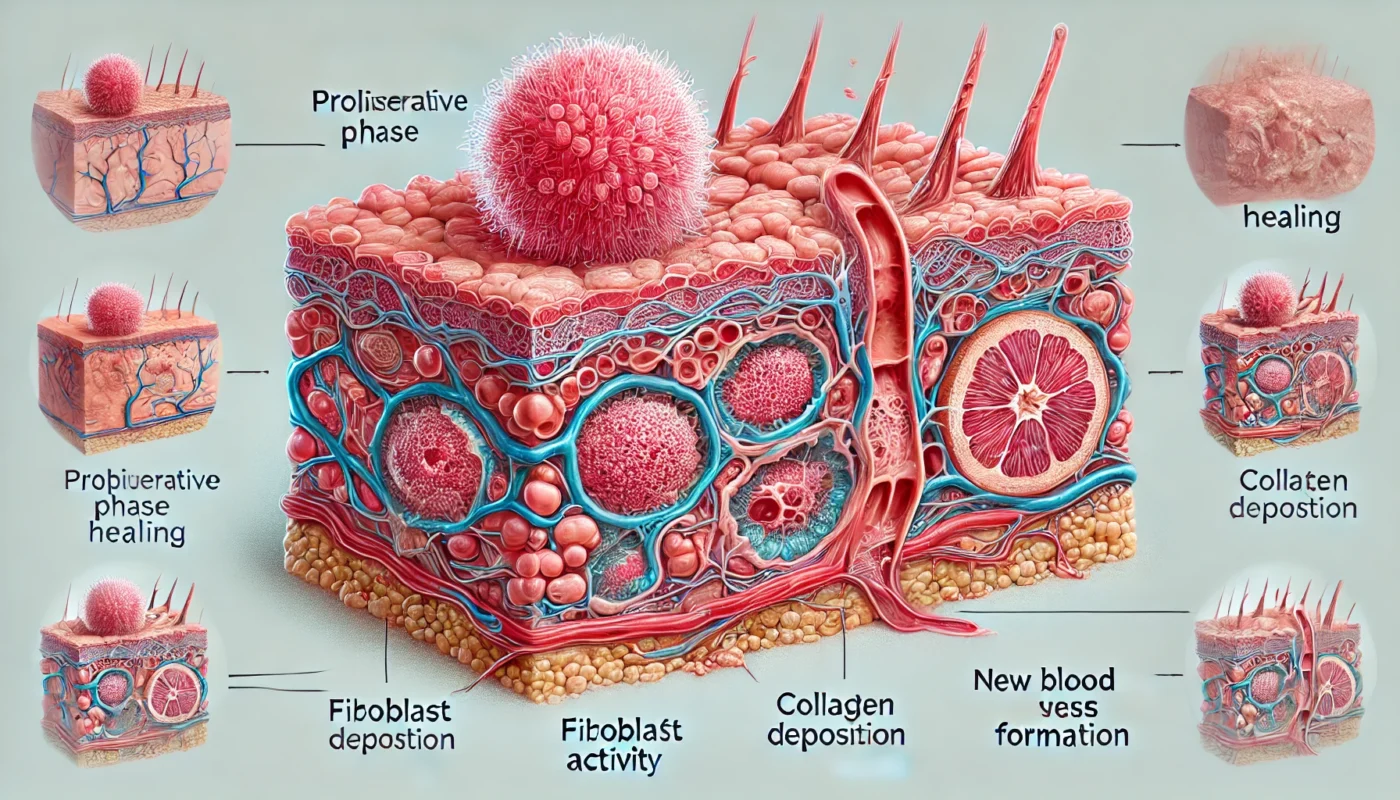Chronic wounds are those that fail to heal in a predictable manner, often lingering for weeks or even months. Common examples include diabetic ulcers, pressure ulcers, and venous ulcers. These wounds can be debilitating, leading to significant discomfort and increased risk of infection. The complexity of chronic wounds necessitates a multifaceted approach to treatment, combining traditional and alternative therapies.
Tag Archives: Tissue Repair
Diabetes, a chronic condition characterized by elevated blood glucose levels, presents numerous challenges, one of which is impaired wound healing. This complication can lead to severe consequences if not managed properly, making it imperative for individuals with diabetes to understand the nuances of diabetic wound care. This article delves into the intricacies of diabetic wound management and offers practical strategies to prevent complications.
In the realm of health and wellness, understanding tissue healing times is crucial for anyone looking to optimize their recovery and well-being. However, myths and misconceptions often cloud this topic, leading to misunderstandings about how the healing process truly works.
For fitness enthusiasts and health-conscious individuals, debunking these myths can provide valuable insights into efficient recovery strategies. This article delves into prevalent myths about tissue healing times, supported by scientific insights and practical advice, to empower you in your wellness journey.
When it comes to the intricate and fascinating process of wound healing, fibroblasts play a pivotal role that often goes unnoticed. These dynamic cells are integral to the repair and regeneration of tissues, working tirelessly behind the scenes to restore the skin’s integrity after an injury. In this article, we’ll delve into the function of fibroblasts, explore their significance in the wound healing process, and provide insights into how they contribute to each phase of healing. By understanding the multifaceted roles of fibroblasts, we gain a deeper appreciation for the complex biological processes that underpin healing.
Understanding the healing rates of different body parts can be crucial for fitness enthusiasts, health enthusiasts, and medical patients alike. Whether you’re recovering from an injury, managing a health condition, or simply curious about the human body’s capabilities, knowing which parts heal the fastest can guide your approach to recovery and wellness. This exploration delves into the scientific nuances and offers practical advice on optimizing healing.
Wound healing is traditionally divided into four distinct phases: hemostasis, inflammation, proliferation, and maturation (remodeling). Each phase is characterized by specific cellular activities and changes in tissue structure.
Vitamin C, also known as ascorbic acid, is a water-soluble vitamin essential for various bodily functions. One of its key roles is in the synthesis of collagen, a protein that is vital for the structural integrity of skin, cartilage, and bones. During the wound healing process, vitamin C becomes particularly important.
Vitamins are organic compounds that are vital for maintaining health. They act as co-factors in various biochemical reactions, supporting processes such as cell growth, immune function, and tissue repair. When it comes to wound healing, certain vitamins stand out for their ability to enhance recovery.
In this article, we will delve into the best pain relief strategies after hip replacement surgery, blending traditional medical approaches with holistic and alternative methods to ensure a well-rounded recovery process. The aim is to provide a comprehensive guide that addresses various aspects of pain management to facilitate a successful recovery journey.
Recovery after surgery can be a challenging journey, often accompanied by swelling and bruising. These are natural responses to surgical trauma, but they can be uncomfortable and may prolong the healing process. Fortunately, there are vitamins and supplements that can help mitigate these effects. This article delves into the top vitamins for post-surgery swelling relief, offering insights into how they work and how best to incorporate them into your recovery plan.
Swelling, medically termed “edema,” is a common post-surgical phenomenon. It occurs as part of the body’s inflammatory response to trauma and is a result of increased blood flow to the affected area. While essential for healing, excessive swelling can be uncomfortable and may impede recovery. Therefore, managing post-surgery swelling is crucial for a smoother and quicker healing process.
- 1
- 2










